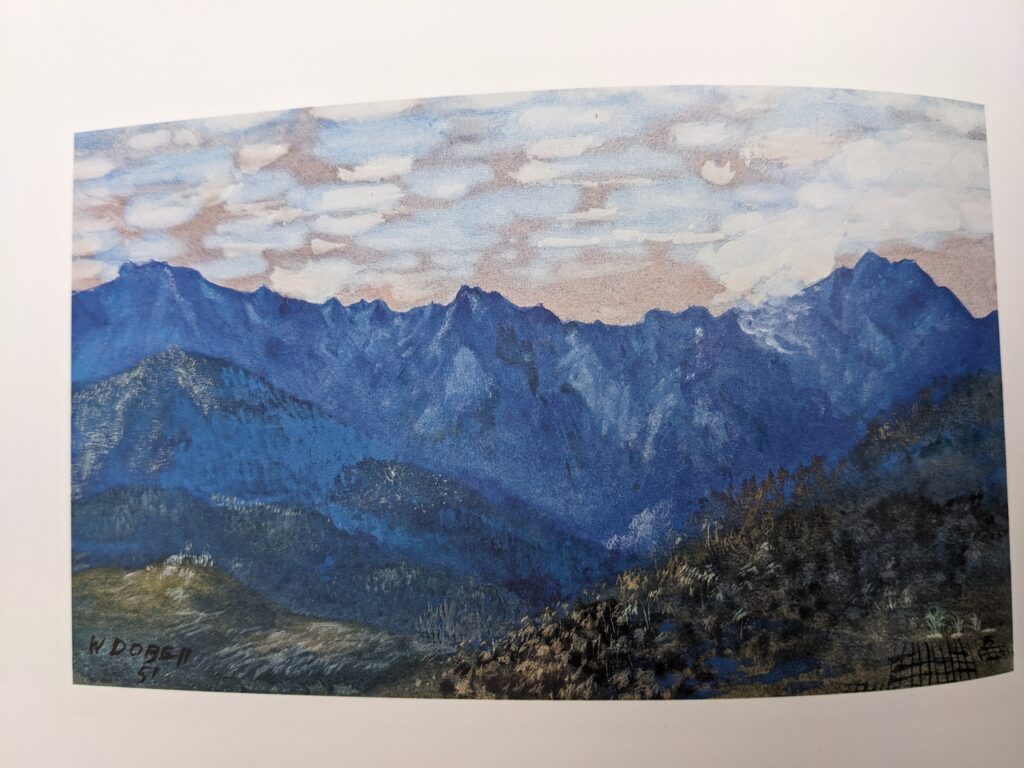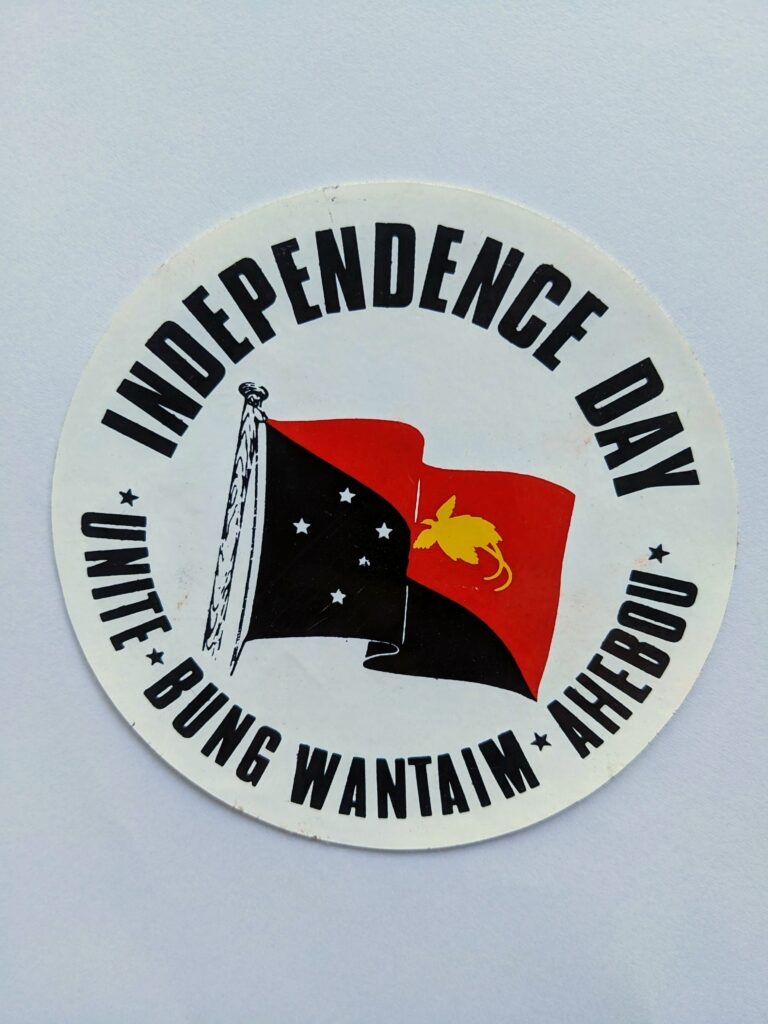The Mystique of Papua New Guinea-an author’s perspective
Papua New Guinea, a nation of islands with over eleven million people, lies just off the northern coast of Australia, at the end of an island arc stretching east from Malaysia and Indonesia into the Pacific. It is a country of amazing diversity. The largest island, part shared with Indonesia, has both coastal lowlands and a rugged mountain interior. Hundreds of other islands, large and small, are within its boundaries. It is home to myriad ethnic groups and eight hundred and fifty distinct languages.
It would be easy simply to produce a travelogue by listing its many visual and cultural delights. In common with other Pacific islands, Papua New Guinea’s coast and islands have beautiful beaches and waving palms. They have been explored, colonised and Christianised by Europeans. But there is one spectacular difference.
The towering mountains that form the spine of the largest island, and the fertile valleys between them, only recently discovered and explored, have created a particular mystique. They give the sense that there are yet new mountains to climb, headwaters to reach and hidden valleys to be revealed. The Highlands, as they are called, are a simmering pot of diverse cultures, hotbeds of tribal wars and sorcery. They are subsistence farmers and cash croppers. They compete in unrivalled ceremonial finery to match the country’s fabulous birds of paradise.

The first European explorers of the inland were looking for gold. Ion Idriess’s Gold dust and Ashes is a classic in this field. They were followed in the 1920s and 1930s by Australian government officers, kiaps as they became known. They acted as government representatives and peacemakers. Their accounts of early, arduous and dangerous patrols into the Highlands, and of first encounters with the inhabitants, describe the awe and wonder of what they saw, heard and recorded. For some, their journals became books. To name just a few: Papuan Wonderland by Jack Hides; The Land that Time Forgot by Michael Leahy and Maurice Crain; Patrol into Yesterday by J.K. McCarthy. Later accounts have followed, including Behind the Ranges (J.P. Sinclair) and The Last Unknown (Gavin Souter). The titles say it all; they speak to an aura of the Highlands that still exists today.
There are myriad books about Papua New Guinea: Histories and memoirs in abundance, accounts of the Pacific war and New Guinea campaigns aplenty, learned studies of the land by scientists and of the people by anthropologists and sociologists.
But books by novelists of note? Very few. Randolph Stow’s Visitants is perhaps the best known. Drusilla Modjeska’s The Mountain and Lloyd Jones’s Mr Pip, are others. In the case of Papua New Guinea, it may be that reality overwhelms the power of imagination.
*Image reproduced courtesy of the Sir William Dobell Art Foundation. For more, see: http://www.dobellartfoundation.org/
Papua New Guinea’s 50 th anniversary of Independence.
On 16th September 2025 Papua New Guinea will celebrate its 50 th anniversary as an independent country.
As the saying goes about bankruptcy, the country’s progression from a Territory administered by Australia to a sovereign state came gradually, then suddenly.
In 1972, separatist movements in the country were stirring. The elections of Gough Whitlam’s Labor government in Australia and of Michael Somare, charismatic leader of the Pangu Party, as Chief Minister in Papua New Guinea’s House of Assembly, sounded the starting bell. Both were committed to securing Independence within their terms of government.

The Wind of Change from Africa swept through Port Moresby, the capital. Academics flocked to PNG’s new University, lured by the scent of political power. Many were fresh from their experience in decolonising British territories in Africa. They dressed in collarless shirts of Indian cotton, carried cloth bags on their shoulders and wore sandals. They flourished copies of Tanzania’s Arusha Declaration, preaching socialism and self-reliance. They stalked the corridors of power and set about encouraging a privileged Indigenous elite.
Meanwhile, the House of Assembly, advised by committees, adopted a Constitution and Organic Laws, the framework for an independent country. Socialism did not feature prominently in the agenda. Institutions were hurriedly created; provincial boundaries established and a currency, the kina, introduced.
All this within three short years.
On 16 th September 1975, in Port Moresby, the Australian flag was lowered and the Papua New Guinea flag was raised. Among those officiating at the ceremony were Prince Charles (representing Queen Elizabeth II) and the Governor General of Australia. There was great jubilation across the country.
Fifty years on, uncertain times lie ahead: a challenging environment, a burgeoning population, a dearth of infrastructure and basic services, tribal wars and some shaky institutions.
The great achievement? Fifty years without a coup or civil war. Fifty years with a functioning democracy. There is a parliament of born orators who have taken to the parliamentary system like ducks to water. Sadly, the parliament has been almost without women. But there is hope for the future.